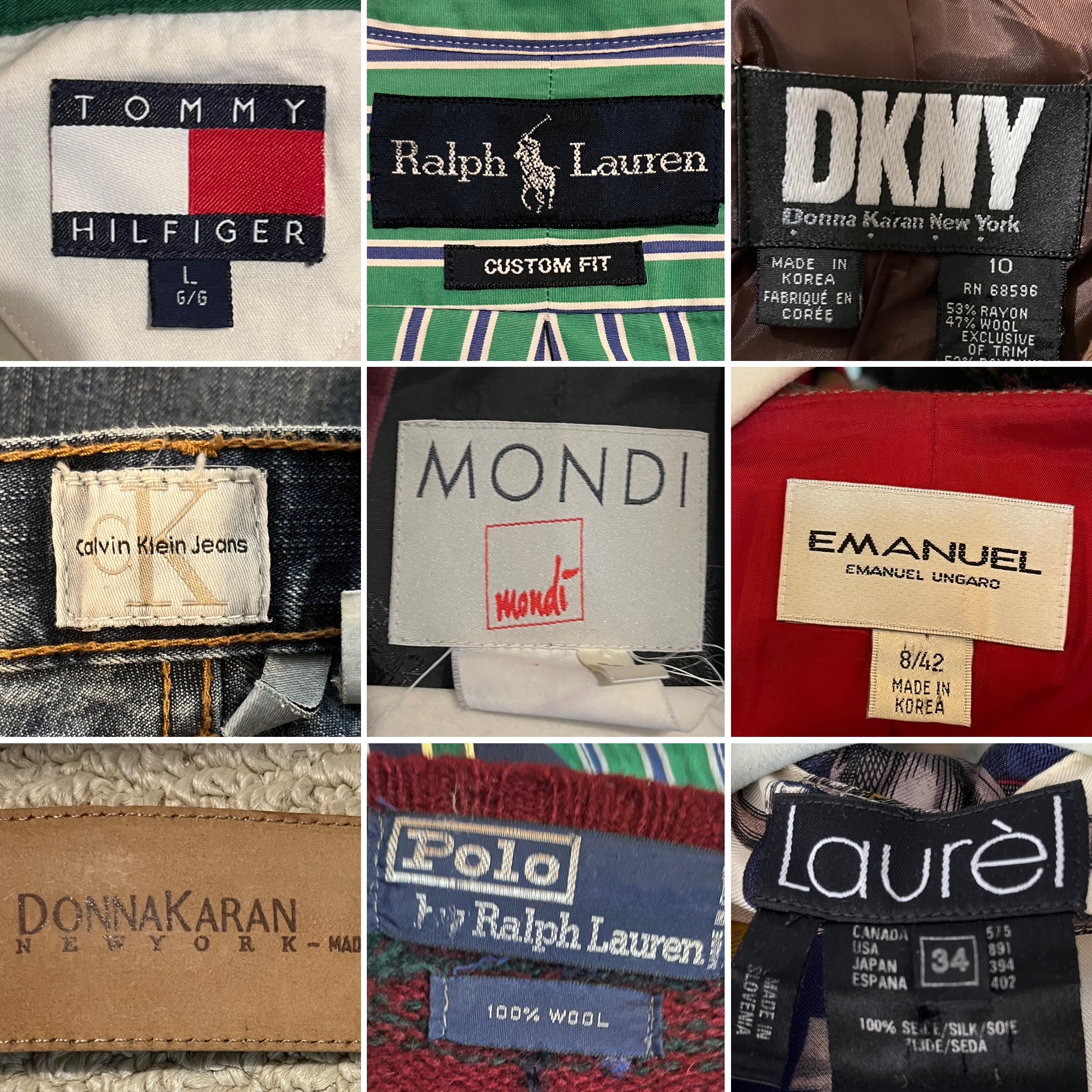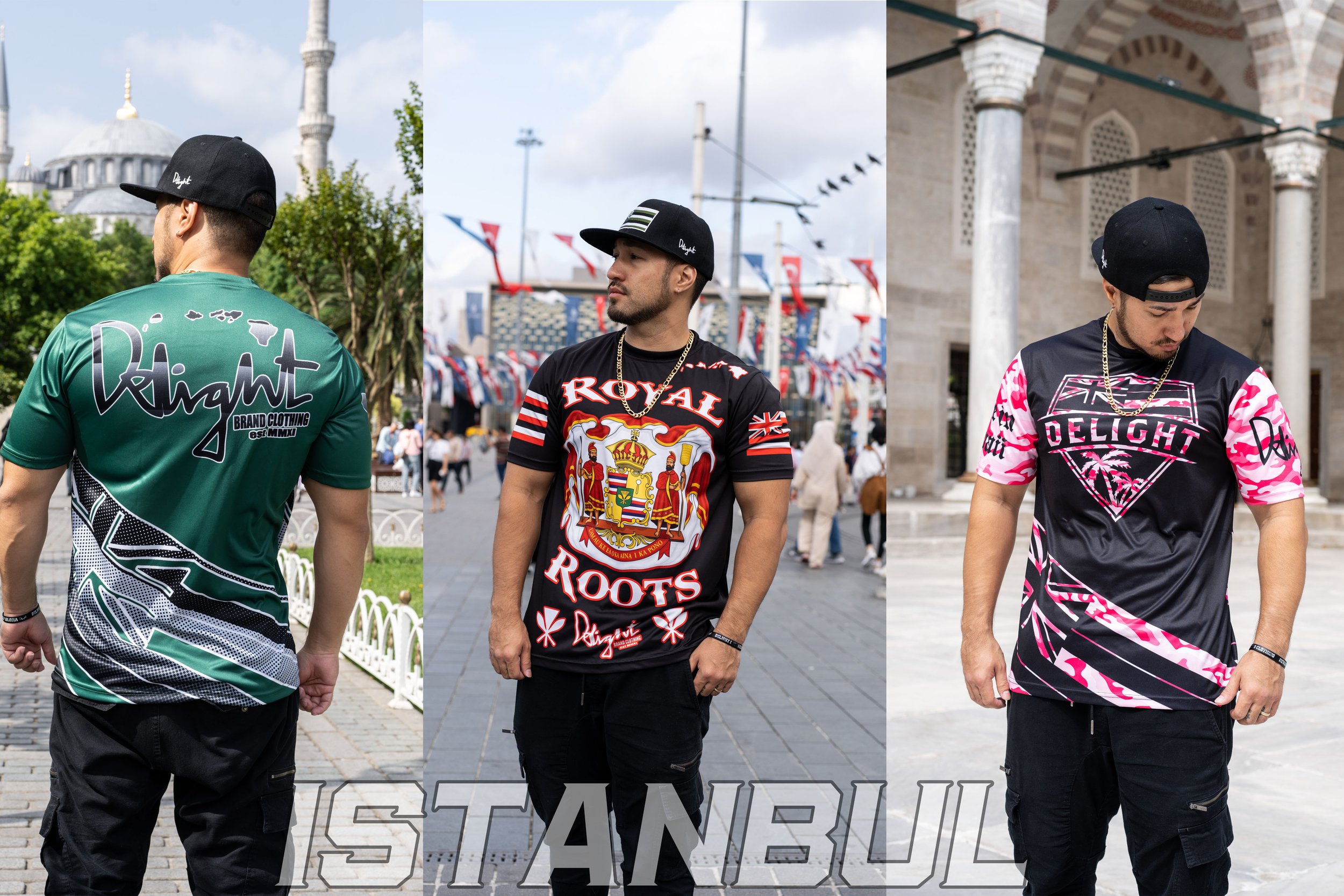Why Branded Clothing Made with Natural Fibers Feels Better
Why Branded Clothing Made with Natural Fibers Feels Better
Blog Article
The Importance of Lasting Garments: How It Affects the Environment and Your Storage room
Sustainable apparel is progressively recognized for its critical duty in reducing the ecological impact of the rapid fashion business. By focusing on environment-friendly materials and moral production methods, it addresses pushing ecological problems. This change not just benefits the world yet likewise influences customer options, resulting in a more thoughtful strategy to wardrobe monitoring. Recognizing these characteristics increases vital concerns about style's future and personal obligation in shaping it.
The Ecological Impact of Fast Style

Advantages of Sustainable Products
Lasting materials provide significant advantages, particularly via environmentally friendly material selections that decrease ecological injury. These products likewise demonstrate toughness and durability, minimizing the requirement for frequent substitutes. Therefore, they add to a more lasting fashion business and advertise liable consumer behavior.
Eco-Friendly Textile Selections
While the fashion business has actually long been linked with fast fads and ecological harm, the surge of environmentally friendly material selections presents a transformative chance. Sustainable materials such as organic cotton, hemp, and Tencel have actually gained appeal due to their reduced environmental impact. These materials are frequently created without damaging pesticides and call for less water, minimizing their carbon footprint - Branded Clothing. Furthermore, numerous environmentally friendly textiles are biodegradable, adding to a circular economic situation by lessening waste. Choosing sustainable products not only supports eco responsible techniques however additionally promotes much healthier communities. As customers end up being a lot more familiar with their buying power, the demand for environment-friendly fabrics urges brand names to innovate and embrace even more sustainable production techniques, inevitably profiting the planet and future generations
Durability and Longevity Benefits
Numerous consumers are significantly identifying the resilience and durability advantages of lasting products in their clothes options. Unlike conventional materials, lasting materials such as organic cotton, hemp, and recycled polyester are engineered to stand up to damage, causing garments that last much longer. This lowered regularity of replacement not only saves consumers money in time however additionally diminishes waste created by quick style. Additionally, sustainable apparel typically uses green production methods that boost textile toughness, adding to a reduction in the overall carbon footprint. By purchasing resilient apparel, consumers can grow an extra lasting wardrobe while appreciating top quality items that preserve their visual and capability in time. Sturdiness and long life stand as essential advantages of selecting sustainable materials.
Minimizing Waste Via Lasting Practices
Lowering waste in the apparel industry can be achieved with innovative practices such as upcycling and repurposing products. Furthermore, taking on minimal wardrobe methods motivates consumers to focus on quality over amount, eventually lowering apparel consumption. With each other, these approaches contribute greatly to a much more sustainable garments version.
Upcycling and Repurposing Products
Upcycling and repurposing products have actually emerged as cutting-edge methods in the style industry, changing discarded textiles into beneficial brand-new products. This technique not just minimizes waste however additionally encourages imagination and originality in clothing layout. By taking old garments and products, designers can create special items that mirror personal style while reducing the demand for brand-new resources. Furthermore, upcycling frequently needs much less energy and water compared to typical production processes, significantly decreasing the environmental footprint of fashion. As customers come to be more familiar with sustainability, the appeal of upcycled garments remains to climb, advertising a circular economic climate. Eventually, these techniques add to a more sustainable future, where fashion prioritizes ecological health over fast production and usage.

Minimalist Closet Techniques
As individuals significantly seek to lessen their environmental impact, embracing minimalist closet techniques has acquired grip as an efficient technique to lasting fashion. These strategies emphasize high quality over amount, motivating customers to curate a smaller collection of functional, sturdy apparel. By concentrating on ageless pieces that can be mixed and matched, individuals can lower the regularity of acquisitions and eventually reduce waste.Additionally, minimalism promotes mindful intake, prompting buyers to assess the ethical and environmental effects of their options. This approach not only cultivates an extra lasting way of life but additionally streamlines daily decision-making relating to outfit. As people welcome minimalist principles, they contribute to a style culture that values sustainability and accountable consumerism, eventually causing a more eco-conscious society.
The Duty of Moral Labor in Sustainable Style
While lots of consumers are progressively mindful of the environmental consequences of their garments choices, the relevance of ethical labor techniques in sustainable style can not be ignored. Honest labor incorporates reasonable wages, risk-free working problems, and respect for employees' civil liberties, developing the backbone of accountable style production. Brand names that prioritize moral labor not just uplift areas however additionally established a standard for liability in the industry.Moreover, the combination of honest techniques fosters openness, enabling her explanation consumers to make enlightened selections about their acquisitions. This practice contrasts dramatically with rapid fashion's exploitative labor models, which frequently focus on earnings over people. By supporting companies dedicated to moral labor, consumers add to a system that values human dignity along with environmental sustainability. Subsequently, moral labor is not just an add-on; it is important to the more comprehensive goal of sustainable style, ensuring that the pursuit for eco-friendliness does not come with the expenditure of civils rights.
The Effect of Sustainable Clothes on Carbon Emissions
Sustainable garments has the potential to greatly reduce carbon emissions connected with the style industry. Traditional garment manufacturing contributes notably to greenhouse gas exhausts, mostly as a result of energy-intensive production processes and using non-renewable sources. On the other hand, sustainable fashion concentrates on eco-friendly products, such as organic cotton or recycled fibers, which frequently require less energy to produce.Moreover, sustainable brand names have a tendency to embrace extra effective production methods, minimizing waste and decreasing total discharges. By focusing on longevity and ageless design, lasting clothing encourages consumers to acquire much less often, further lowering the carbon footprint linked with overconsumption.Additionally, numerous lasting brand names are dedicated to openness in their supply chains, enabling consumers to make enlightened choices that line up with their worths. Ultimately, moving in the direction of lasting apparel can lead to a considerable reduction in carbon exhausts, adding to a healthier world and an extra sustainable future for the apparel industry.
Supporting Local Economic Situations With Lasting Options
The change toward sustainable apparel not just addresses ecological concerns however additionally considerably benefits neighborhood economies. By selecting lasting fashion, customers typically sustain little organizations and local artisans, improving community durability. These ventures generally operate on a smaller sized range, focusing on craftsmanship and honest techniques over mass production.Investing in locally made lasting clothing cultivates work production and boosts financial development within areas. As customers come to be more helpful hints much more knowledgeable about the environmental impact of their purchases, they significantly look for items that mirror their worths. This demand motivates neighborhood makers to embrace lasting techniques, contributing to a round economy.Moreover, sustaining neighborhood businesses minimizes transport exhausts, straightening with eco-conscious consumer habits. The interconnectedness of lasting apparel and neighborhood economic climates underscores the essential duty that private options play in promoting both environmental and economic health and wellness. By cultivating these local links, areas can prosper while also functioning towards a more lasting future.
Transforming Your Storage Room: Tips for a Sustainable Closet
As individuals seek to reduce their ecological impact, changing a wardrobe right into a lasting wardrobe comes to be a necessary step. One reliable method is to evaluate existing apparel, maintaining just things that are used consistently and that straighten with sustainability goals. Prioritizing top quality over quantity is essential; spending in resilient items from green brands can substantially decrease waste.Additionally, including second-hand products can rejuvenate a closet while reducing environmental damages. Organizing clothing swaps with friends or contributing extra items can additionally promote sustainability.When buying, people should look for materials that are organic, recycled, or eco-friendly, and avoid quick style retailers - Branded Clothing. Practicing mindful intake by thoughtfully taking into consideration each purchase can contribute to a more sustainable way of life. By implementing these suggestions, one can produce a closet that mirrors individual style while supporting environmental stewardship
Regularly Asked Inquiries
How Can I Identify Sustainable Garments Brands?
To recognize lasting apparel brands, one must look into materials made use of, inspect for accreditations like Fair Trade, and analyze the brand's transparency about their manufacturing procedures, labor techniques, and environmental influence, guaranteeing ethical and green practices are prioritized.
What Are the Costs Associated With Lasting Style?
The expenses related to lasting style can vary significantly. Higher manufacturing expenses, honest sourcing, and environmentally friendly materials frequently cause increased retail rates, which may prevent some customers while interesting environmentally mindful shoppers.
Can Sustainable Garments Be Trendy and elegant?
Lasting apparel can without a doubt be elegant and stylish. Designers progressively prioritize ingenious materials and honest production techniques, showing that style and sustainability can exist side-by-side. Consumers now have diverse options that mix appearances with environmental awareness.
Exactly How Does Washing Clothing Affect Their Sustainability?
Cleaning clothes substantially effects sustainability by consuming water and power, adding to air pollution, and triggering microplastic launch. Constant cleaning can deteriorate materials, reducing their life-span and boosting the demand for substitutes, eventually exacerbating environmental problems.
What Is the Lifespan of Lasting Clothing Compared to Rapid Fashion?
The life-span of lasting clothing usually goes beyond that of fast fashion products, commonly lasting several years because of top quality products and workmanship. In comparison, fast style garments may break down swiftly, necessitating more frequent replacements. Sustainable garments is significantly identified for its crucial function in lessening the environmental impact of the rapid style market. While lots of customers are progressively mindful of the ecological repercussions of their garments options, the importance of ethical labor methods in sustainable fashion can not be ignored. Branded Clothing. Lasting apparel has the possible to significantly decrease carbon discharges linked with the style sector. In comparison, lasting style focuses on green products, look at more info such as organic cotton or recycled fibers, which typically require much less energy to produce.Moreover, sustainable brand names tend to take on much more reliable production practices, minimizing waste and decreasing total exhausts. By focusing on sturdiness and classic style, lasting garments motivates customers to acquire much less often, additional reducing the carbon footprint associated with overconsumption.Additionally, many sustainable brands are devoted to transparency in their supply chains, making it possible for customers to make informed choices that straighten with their values
Report this page